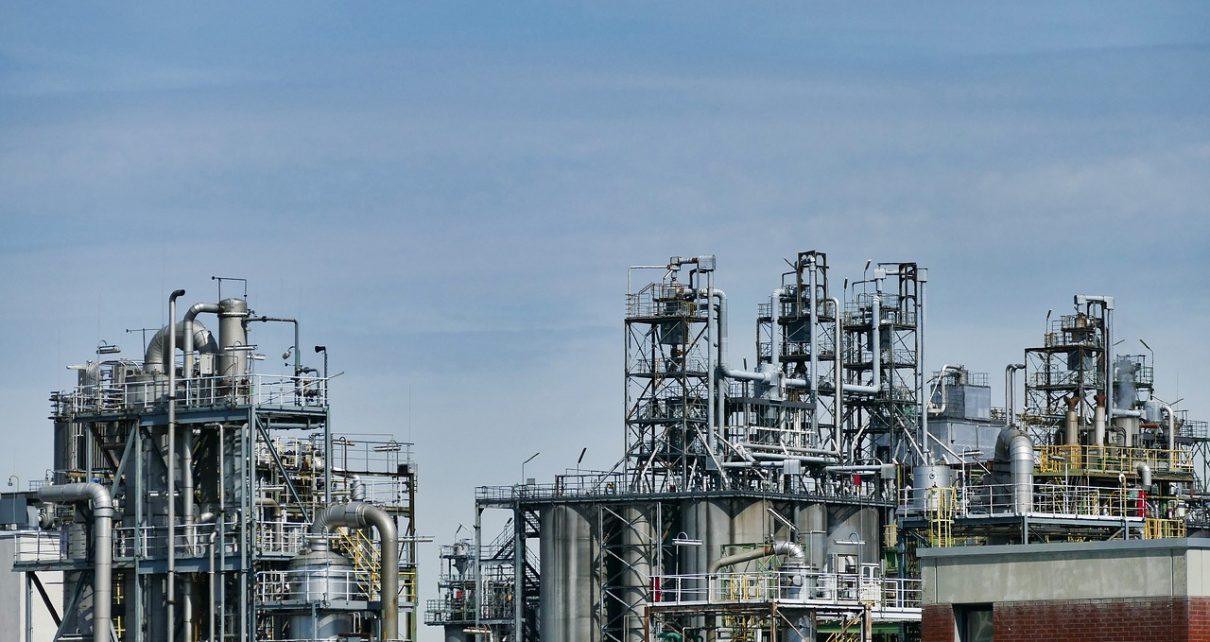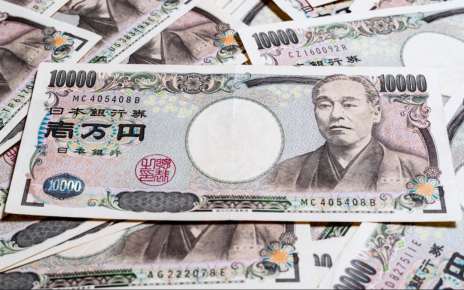Crude oil is a “spiky” commodity. Now and then, someone will truly require it, today, and can pay a high price for immediacy. The industry for oil in Cushing, Oklahoma may be moderately effective, but what occurs when somebody in Peoria requires oil now? A good business potential! Instead of managing a hotel, you construct an oil tank in Peoria. Suppose that each month, there is a ten % chance that a frantic client is going to offer a five percent premium for instant delivery of all your crude oil, and that interest, as well as storage expense, becomes 0.2 % monthly.
Next on average, you would generate 0.5 % (ten % x five %) monthly from desperate clients, and also pay 0.2 % in expenditures. You do not wish to bear the danger of fluctuating oil prices, therefore you sell the oil as forward futures. In case you are neutral to risk, you would be prepared to market it for a price reduction of up to 0.3 % much less than you purchased it for at the start of the month, at what cost you would simply break even.

Though you do not risk-neutral, you connect a “certainty equivalent” worth of just 0.4 % on the unforeseen earnings from needy buyers and also would provide a maximum of 0.2 % discount on month- forward sale of oil products. Over time, you generate a 0.4 percent risk-adjusted every month “convenience yield” from frantic polluters, and equally, pay 0.2 % in expenses and interest, and 0.2 % in hedging costs.
When one-month oil futures remuneration is much more than 0.2%-less-than-spot as it normally happens when there are golden days and if they’re in contango, you would purchase the quantity of oil you can afford put up for forward sale since each unique barrel you guarantee to purchase high and sell not-so-low. It represents a specific (well, “certainty equivalent”) gain.
Besides Peoria and the non-standard needy customer, occasionally often oil spikes while on the broader market. When this happens any person with physical engine oil can sell at a very high cost even though locking in low priced near future purchases to rejuvenate the stock sufficiently fast to meet up with every other contractual obligation to sell. If perhaps you calculate the profit you would generate from these occasional possibilities, and subtract a little to think of a “certainty equivalent” value of this unsure cash flow stream, you will have identified a convenience yield. It should not be shocking that convenience yields are particularly large for volatile commodities subject to a regular rise in price and shortages.
Economists explain backwardation using the phrase “convenience yield,” which is one thing associated with a fudge component. Individuals do not sell the stocks of their investment when there’s backwardation, hence they have to get a little utility from holding the inventory, so we need to call this “convenience yield.”
Probably a far more plausible story will be option value. If perhaps you keep your oil even when there’s backwardation, you’ve got the possibility of offering it later. Typically, it is like you are going to forego profits by offering it later, however, with volatile prices, there’s the possibility that you’ll go to sell it at a substantially higher price. If perhaps you sell the oil right now, you don’t have such an alternative. When oil costs are volatile, the choice value is high, therefore you keep the oil stock even when the futures price is smaller than the spot price, because, for the story to do the job, there should be an asymmetry in potential oil costs. That’s, you’ve to think that there’s a floor, however, not a ceiling. I believe the floor must be quite large to matter–zero probably won’t do.

In a nutshell, the model I will propose for the oil market is this:
1. Speculators establish “the” expense of oil by placing bets in the futures markets which reflect expectations for the whole future course of need, the discovery of new oil reserves, development of sustainable energy, etc. There’s no such thing as being a “signature” for when future-oriented speculation is identifying the cost. Future-oriented speculation usually establishes the price–high, minimal, or even in between.
2. The connection between area as well as futures costs must be based upon the Hoteling principle. That will indicate that futures costs could be above area costs, with the differential approximating the speed of interest. Whenever the spot price tag had been pretty small compared to the futures price, manufacturers would extract very little engine oil, if any. Whenever the spot price tag had been too much compared to the futures price, manufacturers would utilize their oil very fast.
3. If there’s a floor on oil charges without having a ceiling, consequently holding oil in the ground possibly has an option value. With volatile oil prices, there’s an extra motivator to keep oil on the ground. For a certain amount of futures costs, the option value makes the value of spots to be higher than how much the Hoteling idea would predict.
It’s interesting that even if formally, Oil producers are attempting to acquire and promote that much Oil as they can the futures industry might develop big rewards for them to hoard rather than extract.





